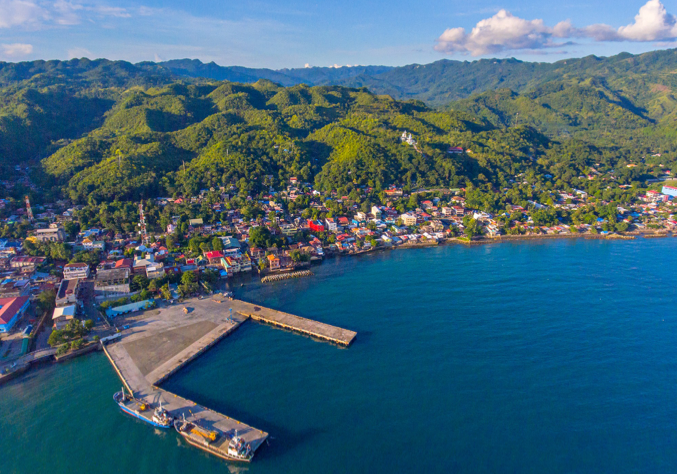No matter how men, greedy men feed us false information about the true status of Maasin’s coastal area, most notably about our honasan, they could not just erase from the poor fishermen and fisherfolk the fact that the whole coastal expanse of Maasin is very much alive! It is a living gift from heaven which has provided free food for thousands of Maasinhons who have been dependent on it for decades and centuries, even before Maasin became a municipality in 1755.
Yet, the distance and length of tidal fronts/tidal flats, immense corals and coral colonies, seaweeds, sea grass, sandy and soft bottom areas produce sea foods the volume of which is utterly beyond human measure. And men, so greedy, wish to feed us false, fictitious information condensed in USBs and computer files that our honasan is dead. Again, according to them, Maasin’s honasan is dead! Ilara ‘mi, tits! In other words, tell it to the marines!
Now that the “ber” months are here, very healthy and thick seaweeds would be very clearly visible on the tidal fronts, from barangay Pasay to Guadalupe (Can-iwan). That is a distance of about 12 to 15 kilometers. In other places here and abroad, they treasure this as ecological-tourism (eco-tourism) zone. And millions of people have benefited from the zones conserved and protected by the government to enhance love of nature and the environment.
Yet what are they doing in Maasin? They destroy our coastal areas, in the name of development which is not sustainable. How? In the guise of causeway which buries living sources of marine food forever, unless there would be a lawful order to re-extract those filling materials at the cost of the contractors of the project proponents. I hereby reiterate the emphatic words of President Duterte: The law is almost optional! I am really impressed by the decisiveness of his administration regarding the highly improbable clean-up of Manila Bay and the demolition of illegal structures in Boracay.
The government had already issued laws and regulations geared towards the protection, regulation and management of our marine ecosystems and biodiversity. These are: the NIPAS Law; Executive Order 533 about the Integrated Coastal Management or ICM; Executive Order 240 about the Fisheries and Aquatic Resources Management Councils or FARMCs; and so many other legal issuances which have, so far, been ignored or glaringly defied and violated with impunity.
And so our project proponents who have no love lost for nature and our honasan will have much to answer for, and seriously liable, in disregarding our environmental laws. And these are laws protecting the poor fishermen and fisherfolk and their families. Such laws more emphatically remind us of the government’s priority at present which is FOOD SECURITY.
Environmental protection is highly regarded by Deputy Speaker of the House of Representatives Loren Legarda as imperative in light of the serious need for national food security. She further insisted that every peso spent should not be for destruction or restoration, but for protection of the environment.
But here in Maasin another causeway is in the making, that one to be situated in barangay Lib-og worth P120 million; the one in Combado is worth P170 million. All the preliminary and pre-requisite documents had been ignored, only a ridiculous Certificate of Non-Coverage (CNC) which is not a permit, allows only 1,000 square meters of tambak and orders that all concerned agencies be coordinated for clearances.
PeerScope doesn’t know yet about the reaction of the secretariat of the conservation, protection and management of the Danajon Double Barrier Reef of which Maasin City had been a signatory, Maasin being a vital part of such marine ecosystem.
Nature is alive and honasan is its living legacy to Maasinhons. We can only hope that our love of honasan be ventilated throughout the Philippines and the world. Honasan is food, free food from heaven’s goodness.
By Joe Mancera


